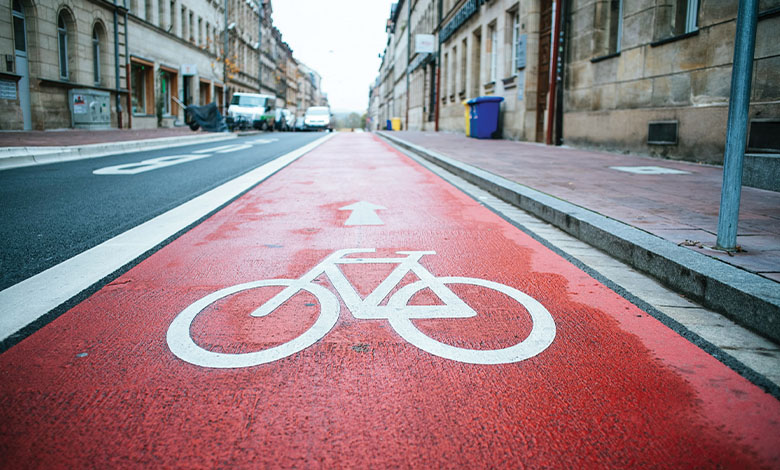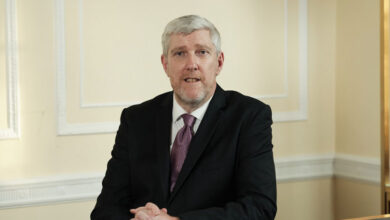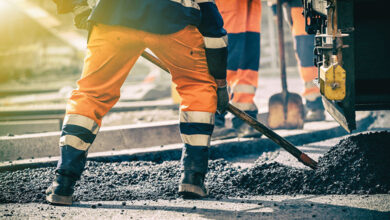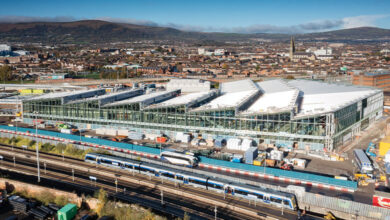Infrastructure improvement needed to encourage active travel

While a majority of people would consider active travel, satisfaction with walking and cycling conditions are declining, undermining efforts towards a modal shift to active travel.
The 2022/23 Continuous Household Survey provides an insight into modes of transport considered to be ‘active travel’, likelihood to walk or cycle short journeys, and satisfaction with walking and cycling facilities in their area.
Defining the Department for Infrastructure’s policies for the decarbonisation of transport, is the Hierarchy for Reducing the Carbon Impact of Transport.
The Department states that as “a continued initiative… to encourage the public to participate in reducing carbon emissions”, the hierarchy has three overarching policy areas:
- reducing trips;
- shifting modes; and
- switching fuels.
As such, the Department’s recent survey is focused on a modal shift.
Perceptions of active travel
The findings within the survey highlight that 90 per cent of respondents considered walking to be active travel, while around four in five said the same for cycling.
Short journeys
Furthermore, 64 per cent of respondents said that they would be likely to walk short journeys of up to three kilometres (or two miles) and 19 per cent of respondents said they would be likely to cycle short journeys of up to five kilometres (or three miles).
Despite the high level of respondents saying they would undertake journeys via active travel, only 12 per cent currently walk and 2 per cent cycle to and from work.
Conditions
In 2022/23, 65 per cent of respondents said that they were satisfied with walking conditions in their area, down from 74 per cent in 2020/21. Suggesting that while many respondents are happy, a significant minority feel that more could be done to encourage walking to and from work.
Similarly, 52 per cent of respondents said that they were satisfied with cycling conditions in their area, down from 53 per cent in 2020/2021.
Additionally, looking more closely at those who cycle to or from work by respondent group, a higher proportion in urban areas (3 per cent) said they cycle to or from work when compared with those in rural areas (1 per cent).
The detailed analysis of the population’s personal preference of travel suggests that continued encouragement of the population to take part in active travel to and from work could be increased by improving walking and cycling conditions.
In both urban and rural areas, a significant challenge remains in providing the active travel infrastructure to facilitate modal shift, reduce the number of trips taken by car, and help reduce the carbon emissions associated with transport.





